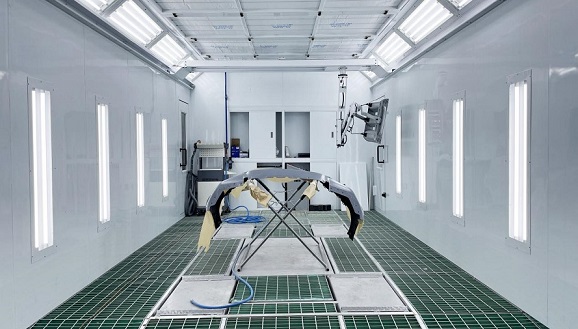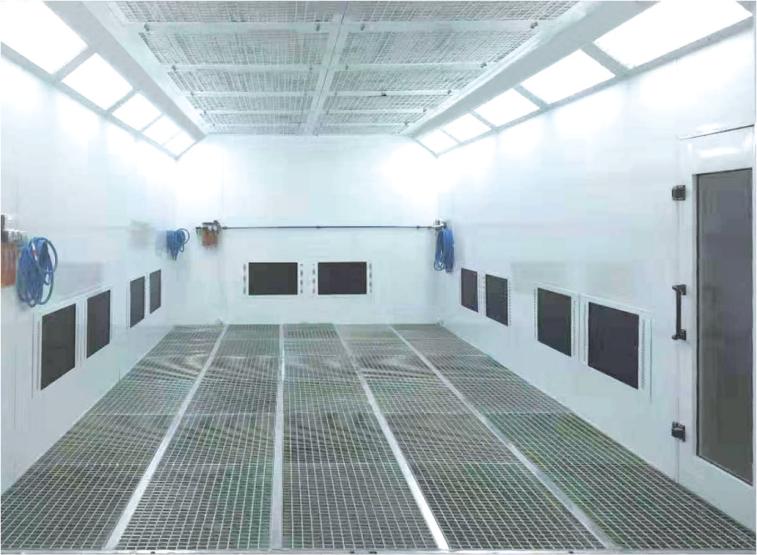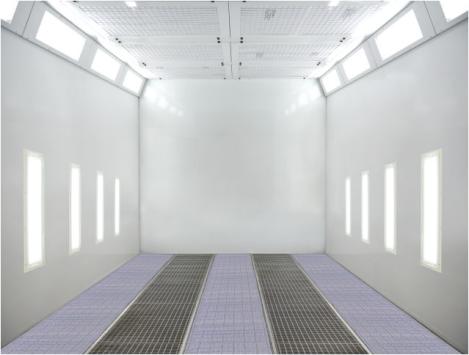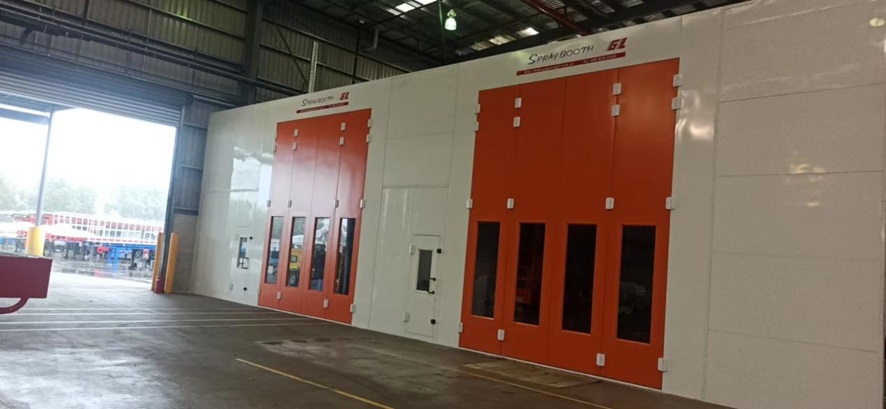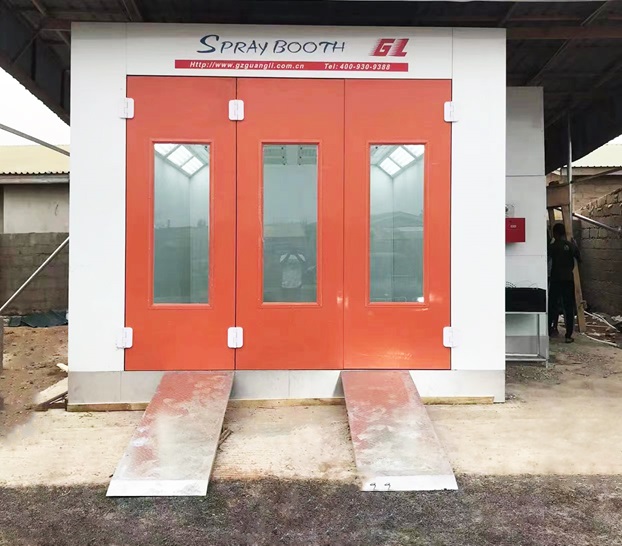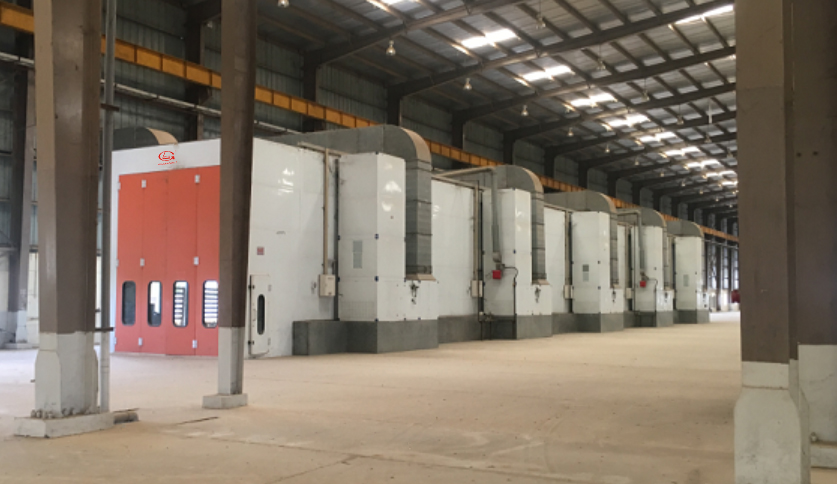Training center spray booth for studying
When you start or renovate an automotive repainting shop, you should have only one goal in mind: turn that workspace into an area of excellence, make every detail extremely professional.
For this reason, today we present you those tools or objects that you must have in your workshop and the knowledge that you must apply from today to achieve that goal; So Guangli factory has designed the training spray booth.

Depending on the knowledge you have about a certain job, you have the possibility of offering a better finish in an automotive paint booth. Here is to apply a bit of logic: the more you specialize, the more professional you will be.
So it's time to look for some courses, where you can find specialists and true experts who will help you learn new techniques and/or avant-garde practices.


